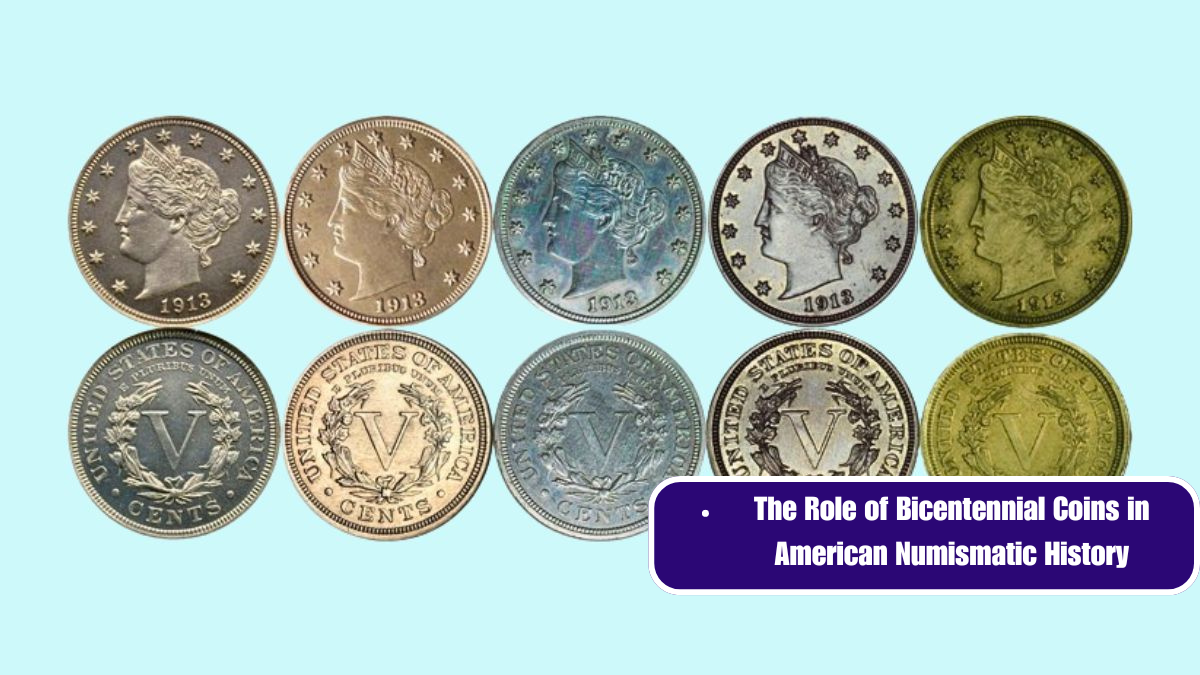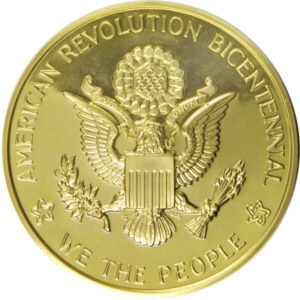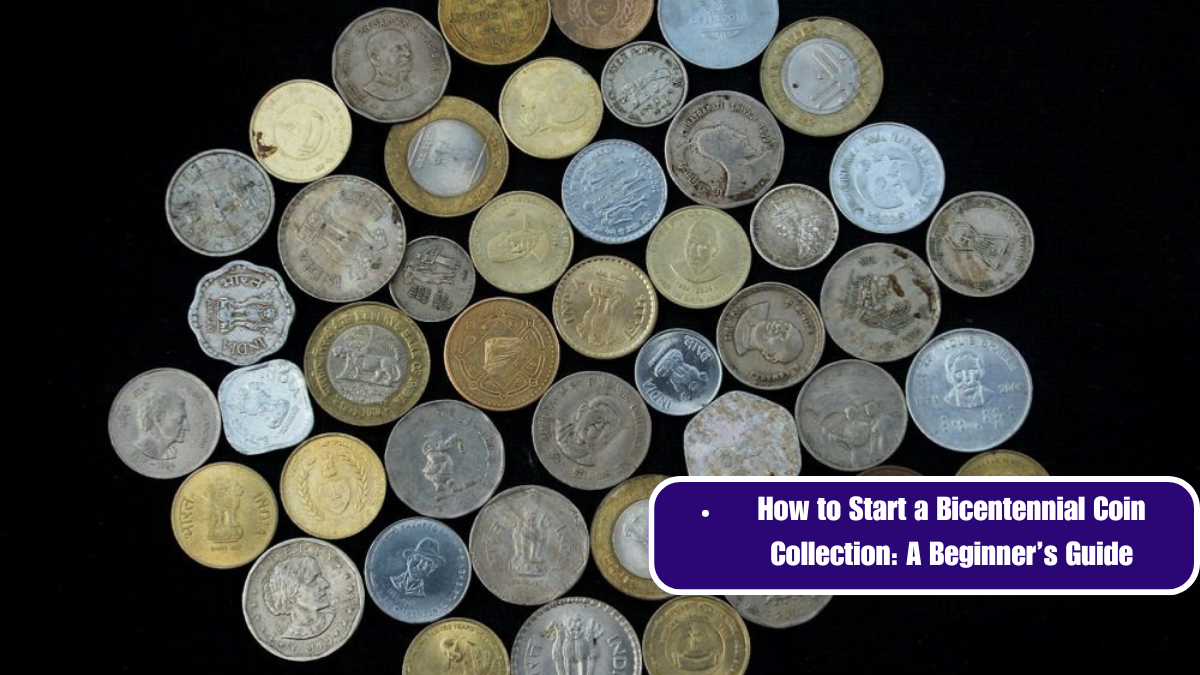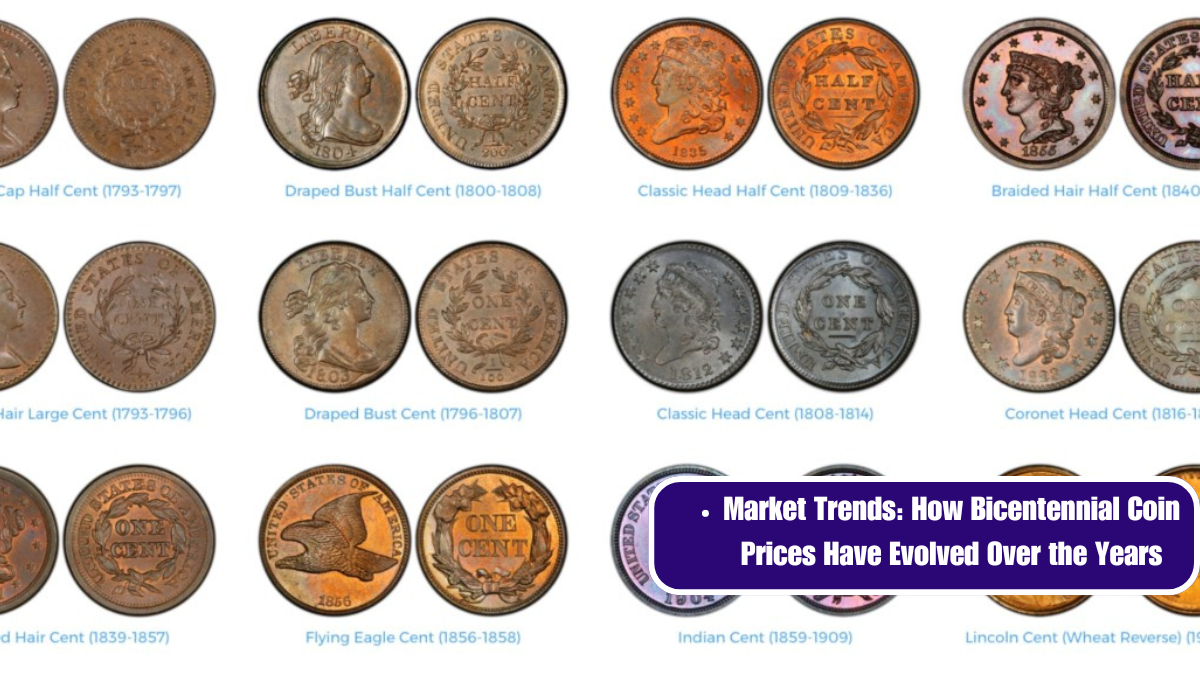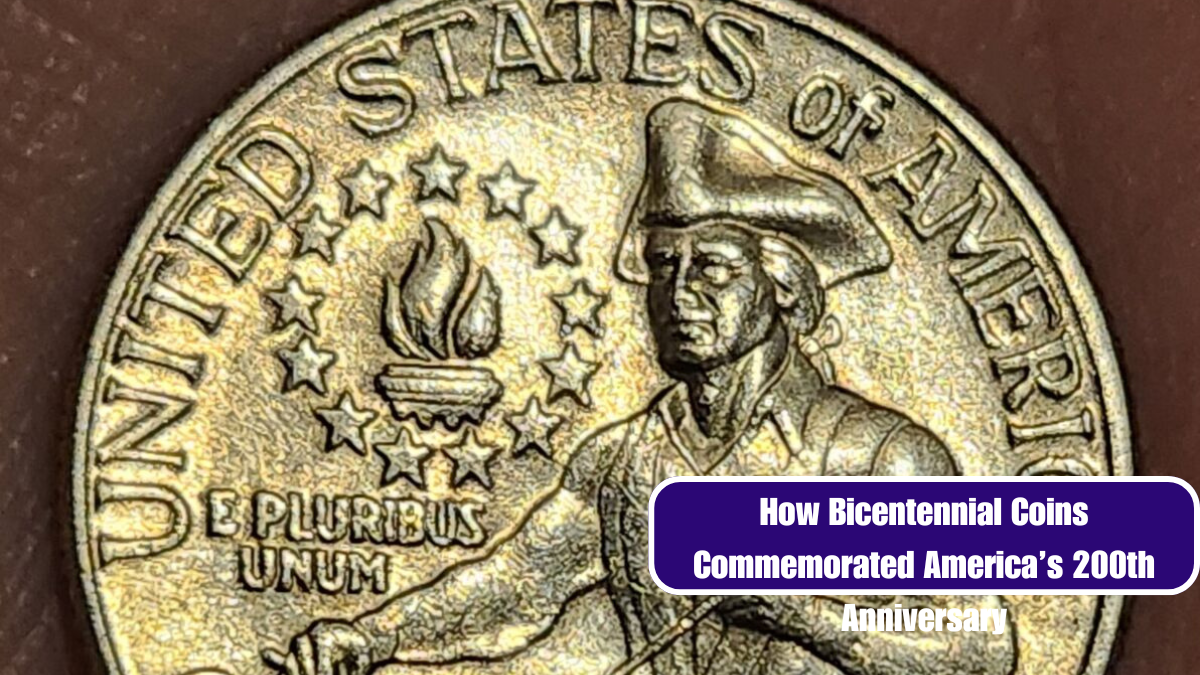The year 1976 marked a pivotal moment in American history, not only due to the celebration of the United States’ 200th anniversary of independence but also because of the unique numismatic contributions made during this period. The Bicentennial coins of 1975-1976, issued to commemorate the nation’s bicentennial, hold a special place in American numismatic history. Their significance extends beyond mere currency; these coins represent a historical celebration, a shift in coinage design, and a unique chapter in the evolution of American money.
A Historical Context
As the United States approached its 200th anniversary, the U.S. Mint sought to honor this milestone with a commemorative coin series. This series would not only mark the bicentennial but also engage the public with new designs. The Bicentennial coins—featuring a redesign of the quarter, half dollar, and dollar—were authorized by the Bicentennial Coin Act of 1973. This legislation aimed to celebrate the nation’s history while providing a collectible series that would appeal to both numismatists and the general public.
The Design and Production
The Bicentennial coin designs were the result of a nationwide design competition. The winning designs were crafted by artists Jack L. Ahr and Dennis R. Williams.
- The Quarter: The reverse side of the quarter was redesigned to feature a depiction of Independence Hall in Philadelphia, where the Declaration of Independence was signed. This new design replaced the traditional eagle, which had appeared on the quarter’s reverse since 1932. The obverse side retained the portrait of George Washington by John Flanagan, which had been in use since 1932.
- The Half Dollar: The half dollar showcased a dual design on the reverse side. It featured a portrayal of the Liberty Bell superimposed on the moon, symbolizing the connection between the American Revolution and the nation’s future aspirations. This design was a departure from the traditional Franklin half dollar, which had been in use since 1948.
- The Dollar: The dollar coin was redesigned to feature the image of President Dwight D. Eisenhower on the obverse, with the Liberty Bell and the moon on the reverse. This design replaced the previously issued Eisenhower dollar, which had featured a more standard image of the President.
Popularity and Impact
The Bicentennial coins were struck in large quantities and distributed widely, making them one of the most popular commemorative series ever issued. Their popularity was driven by their connection to a significant historical event, the novelty of the designs, and the sheer volume of coins produced.
Despite their popularity, the Bicentennial coins were not without controversy. Some numismatists felt that the redesigns were a departure from the traditional designs that represented American history and values. Others debated the necessity of such a large-scale coin production, questioning whether the coins would hold long-term value beyond their commemorative significance.
Numismatic Legacy
Today, Bicentennial coins are a fascinating study for collectors and historians alike. They provide insight into the American Bicentennial celebration and reflect a moment when the U.S. Mint responded to a national event with a special coinage series. These coins are often collected for their historical value, their unique designs, and their place in American numismatic history.
The Bicentennial coins also paved the way for future commemorative coin series, demonstrating how numismatic design can be used to celebrate significant events and milestones. They are a reminder of the role that coins play in reflecting and commemorating historical events, and they continue to be a cherished part of many collections.
The Bicentennial coins of 1975-1976 are more than just pieces of currency; they are a tangible representation of America’s 200-year journey. Their distinctive designs and widespread distribution during a period of national celebration make them a key component of American numismatic history. Whether admired for their historical significance or collected for their unique design, these coins remain a testament to a momentous time in the nation’s past.
